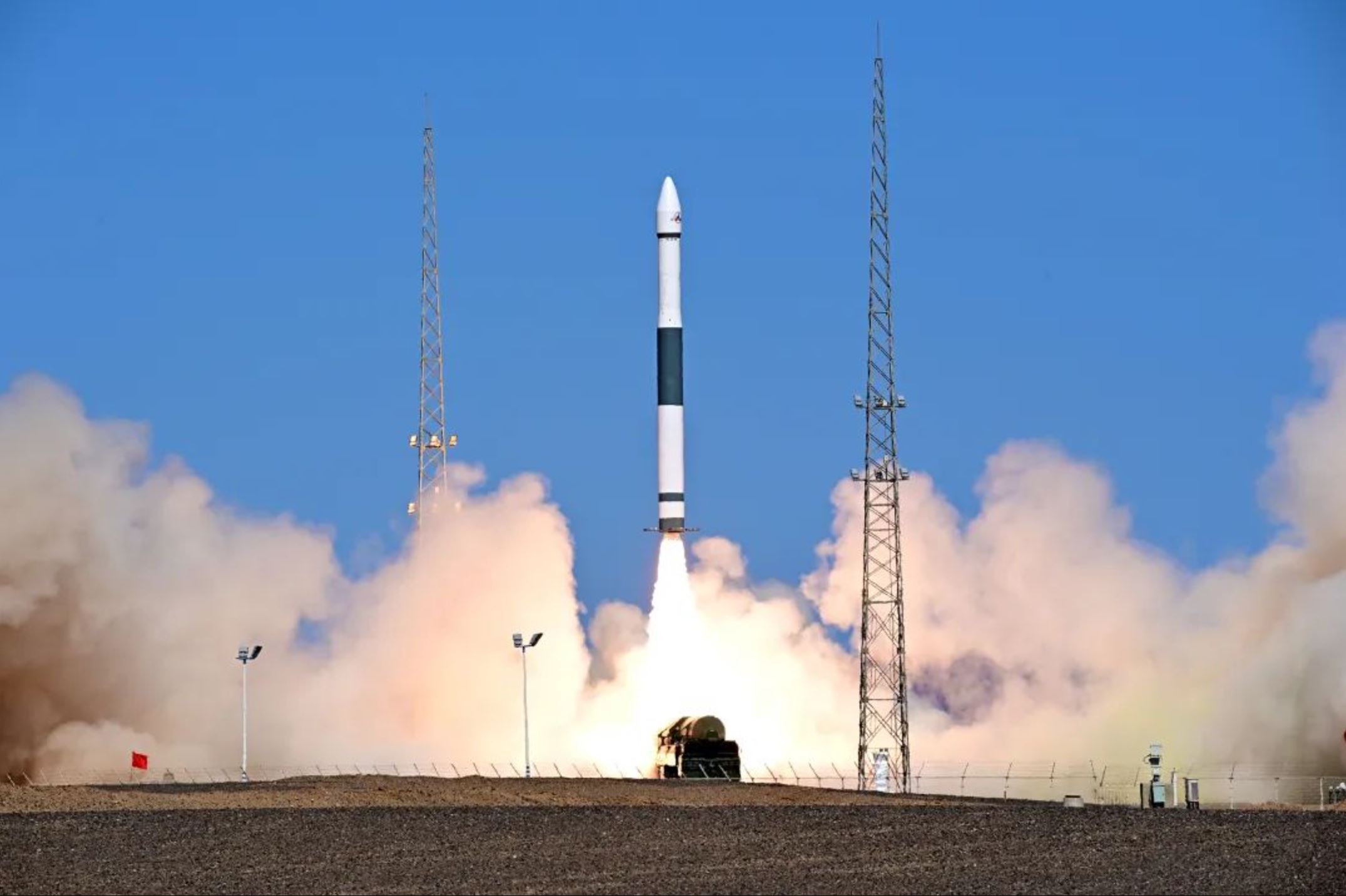HELSINKI — A major Chinese state-owned defense contractor is preparing to launch the first satellite for a very low Earth orbit constellation.
The China Aerospace Science and Industry Corporation (CASIC) told Chinese state media in early March that its first satellite for a constellation of very-low Earth orbit (VLEO) satellites will launch in September.
VLEO satellites orbit at altitudes of between 150 to 300 kilometers, much lower than most satellites. These lower altitudes require propulsion to counter the relatively rapid decay of a satellite’s orbit due to much higher atmospheric drag, but offer cost and performance incentives in the form of reduced power needs for data transmission, lower-latency data transfer, lower solar power-generation requirements, and higher resolution observation.
The first CASIC VLEO satellite will seek to demonstrate and verify key technologies including “ultra-low orbit flight technology”, high-resolution ground imaging technology, onboard intelligent processing and data transmission technology, according to the Chinese language Science and Technology Daily.
Details such as the planned lifetime of the satellites, size of the constellation and launch cadence were not revealed.
CASIC is a sister state-owned space and defense contractor to CASC, China’s main space contractor responsible for the vast majority of the country’s civil and military space endeavors.
The conglomerate however has a role to play and has sought to expand its footprint in recent years with a number of what it terms commercial plans for LEO broadband and narrowband constellations and its Kuaizhou solid rocket series.
CASIC has a satellite and rocket manufacturing base in Wuhan and is also working on the “Tengyun” reusable space plane. CASIC, via its launcher operator arm, Expace, plans a total of 8-10 launches of its Kuaizhou-1A and larger Kuaizhou-11 rockets in 2023.
VLEO concepts have emerged in the U.S. and Europe in recent years. American firms Skeyeon, Earth Observant and Albedo have raised money for VLEO satellite plans, while the European Union funded the “Discoverer” research program to investigate deploying Earth observation satellites in much lower altitudes than usual.
For China, global remote sensing capabilities including higher resolution, more frequent revisits, and faster transmission speeds were noted as key space infrastructure in China’s 14th Five Year Plan, covering the period 2021-2025, according to Science and Technology Daily.
In a possibly related development, the Tianxing-1 satellite (NORAD 52902), launched on a Kuaizhou-1A rocket in June 2022, reentered the atmosphere March 29, according to U.S. Space Force space tracking.
The satellite maintained an orbit of around 300 kilometers before its orbit continually decayed over the past month. The satellite was developed by the Chinese Academy of Sciences as part of a plan for the 14th Five-Year Plan. It also carried data acquisition and optoelectronic payloads for CASIC as part of technical verification tests.
